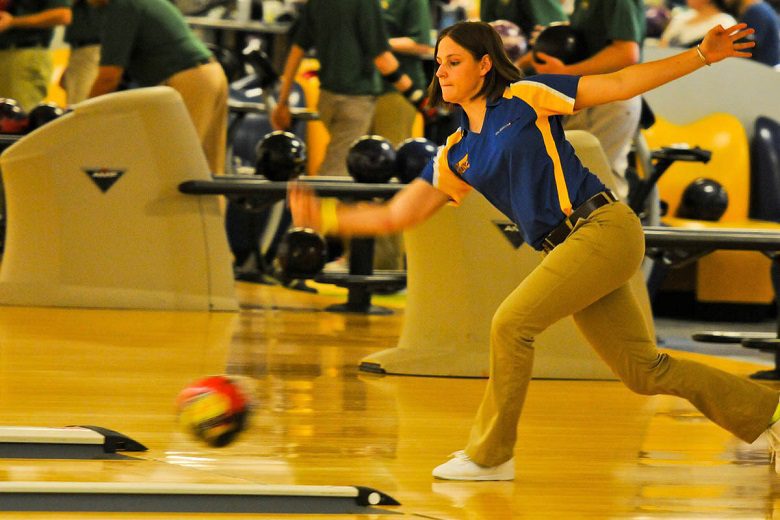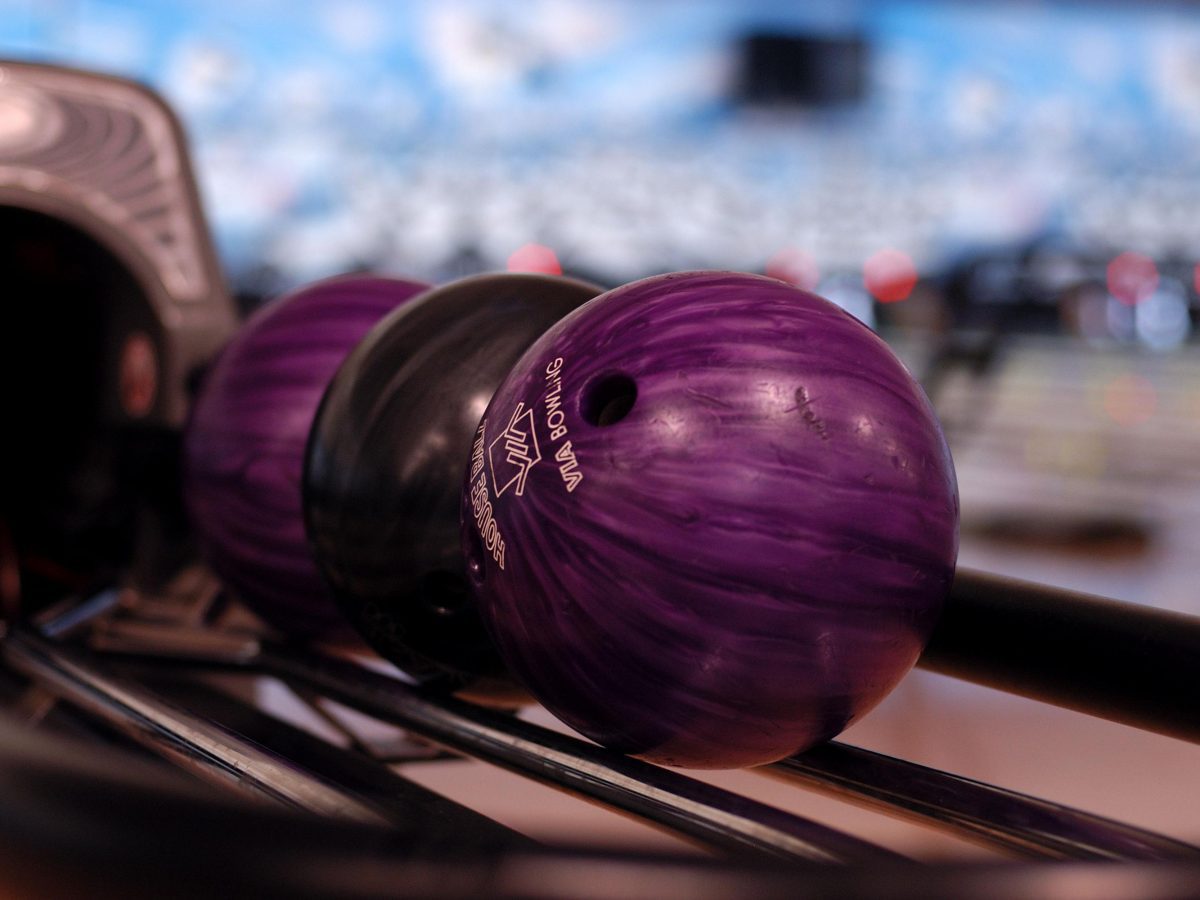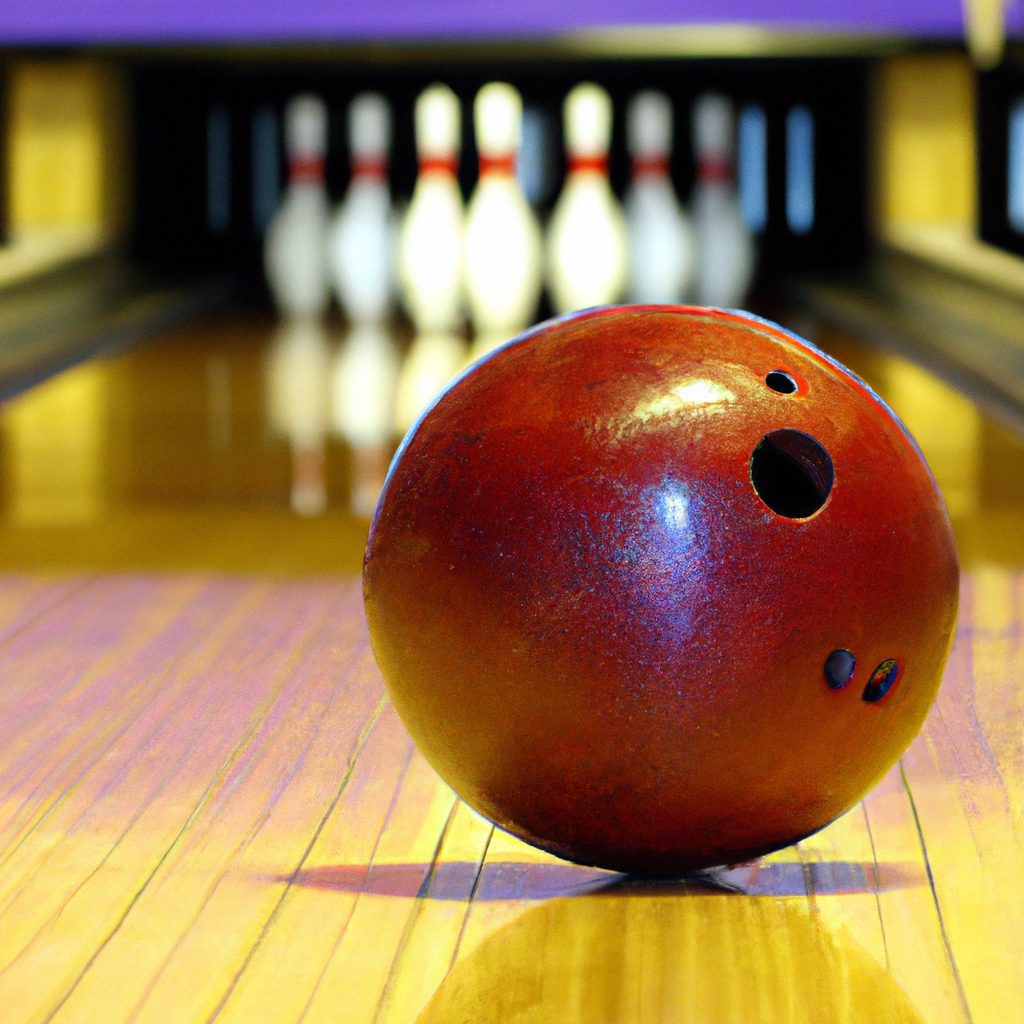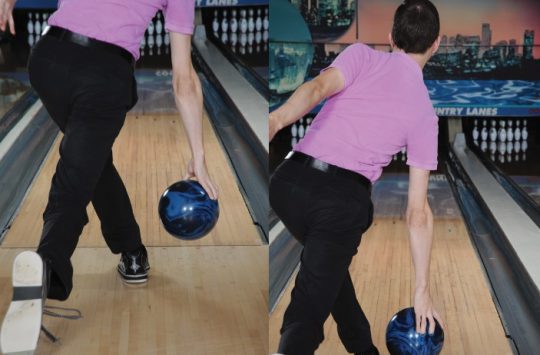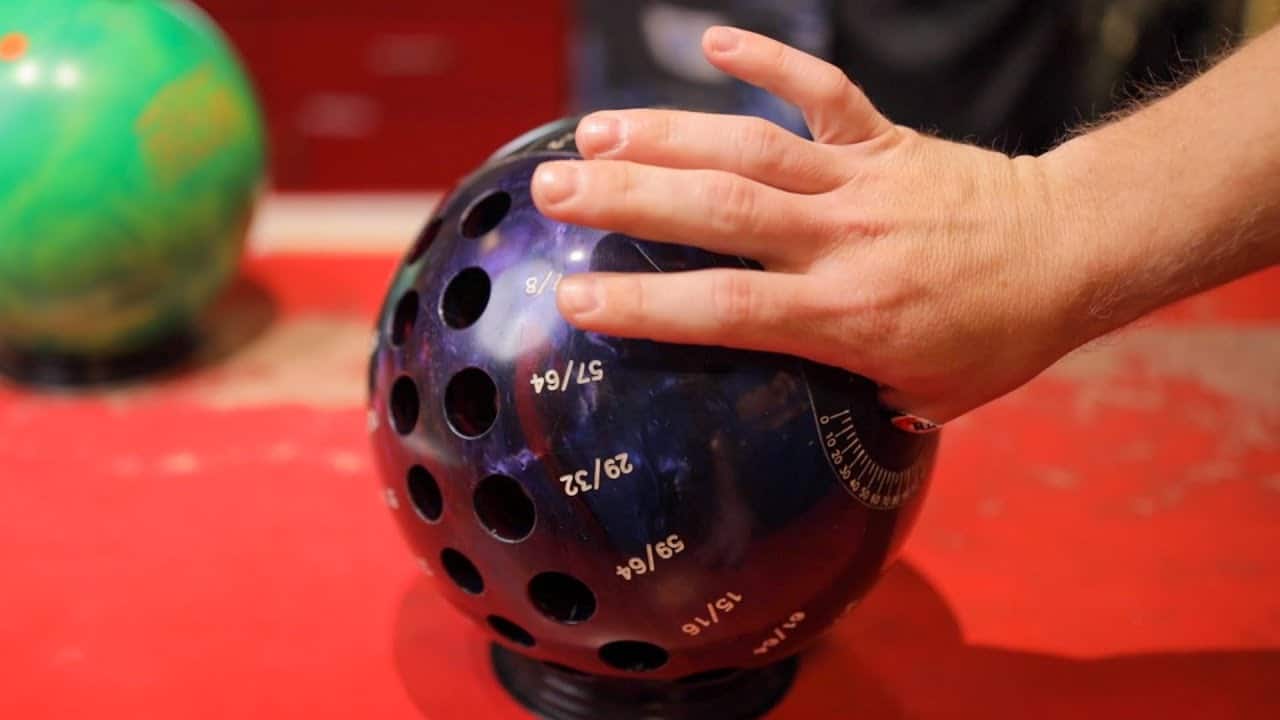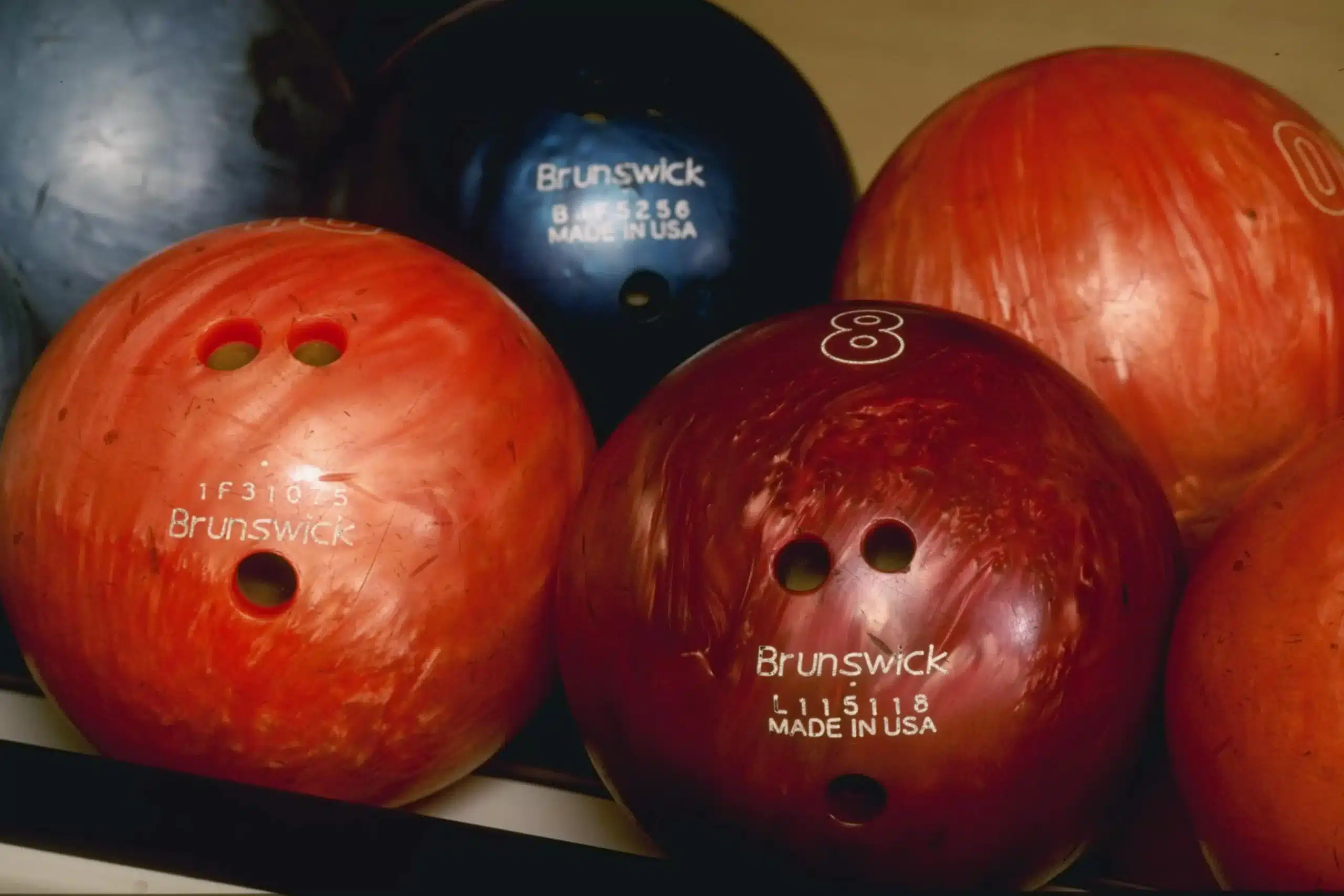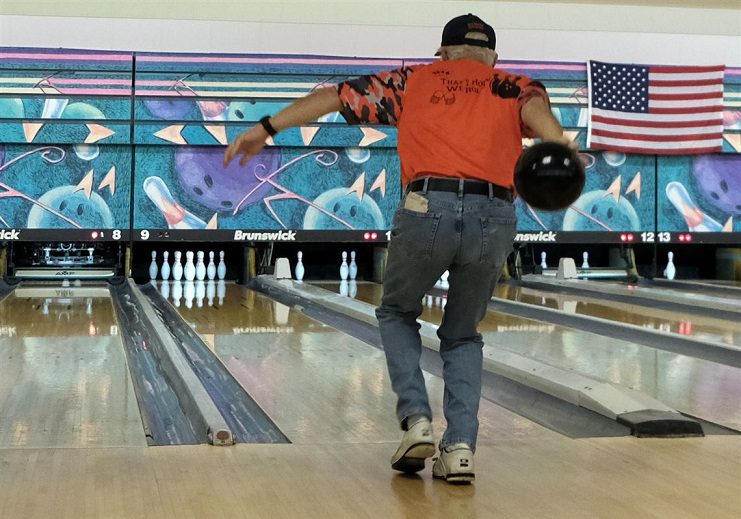Have you ever found yourself at the bowling alley, trying to impress your friends with your impressive bowling skills, but not quite understanding the terminology? Well, fear not! In this article, we are going to unravel the mystery of bowling’s most commonly used terms – the strike and the spare. Both are coveted achievements in the sport, but they hold distinct meanings and outcomes. By the end of this article, you’ll be able to confidently explain the difference between a strike and a spare, and maybe even improve your own game!
Review contents
Scoring System in Bowling
Bowling is a popular sport that involves rolling a ball down a lane to knock down a set of pins. Every bowler strives to achieve the highest score possible, and understanding the scoring system is essential for success. In this article, we will explore the basics of scoring in bowling, including the definitions of strikes and spares, how to keep score, the impact of different ball movements, various strategies for scoring, the frequency and difficulty of strikes and spares, techniques and skill needed, the score impact of each, and the psychological factors that come into play during a game. So let’s dive in and unravel the mysteries of the scoring system in bowling!
Basic Rules of Scoring
Before delving into the specifics of strikes and spares, let’s first understand the basic rules of scoring in bowling. Each game consists of ten frames, and in each frame, the bowler has the opportunity to knock down ten pins. The score for each frame is determined by the number of pins knocked down, with additional points awarded for strikes and spares. The ultimate goal is to achieve the highest cumulative score possible, which can lead to victory in a game or even a tournament.
Understanding Strikes and Spares
Strikes and spares are key concepts in bowling that heavily impact a player’s score. Let’s take a closer look at each and understand how they are scored and identified.
Definition of a Strike
A strike occurs when the bowler successfully knocks down all ten pins with their first ball in a frame. It is a fantastic achievement that instantly boosts a player’s score and can set the stage for a high-scoring game.
Scoring a Strike
When a player records a strike, they are awarded ten points plus the total number of pins knocked down with their next two balls. This scoring system encourages bowlers to aim for strikes, as it can significantly elevate their overall score. Strategically capitalizing on strikes can make a game more exciting and increase one’s chances of victory.
Identifying a Strike
Identifying a strike is simple. In the scorecard, it is represented by an “X” symbol. This symbol marks the frame in which the strike occurred and signifies that the bowler’s next two balls will be added to their score.
Definition of a Spare
While a strike is considered the pinnacle of bowling achievement, a spare is also significant in scoring. Let’s explore the definition and scoring of a spare.
Definition
A spare is achieved when the player knocks down all ten pins using two balls in a frame, rather than the first ball, as in the case of a strike. While not as rare as a strike, spares require precision and skill to execute successfully.
Scoring a Spare
Scoring a spare involves being awarded ten points plus the total number of pins knocked down with the next ball. This scoring technique ensures that spares have a considerable impact on a player’s final score. It is essential to capitalize on spares to maintain competitiveness and increase the likelihood of victory.
Identifying a Spare
In the scorecard, a spare is represented by a “/” symbol. It indicates the frame where the spare occurred and denotes that the bowler’s next ball will be added to their score.
Bowling Ball Movements
Now that we understand the definitions and scoring of strikes and spares, let’s explore the different effects and movements of bowling balls after achieving a strike or a spare.
Effects of a Strike
A strike results in an exhilarating moment as all ten pins are knocked down in one fell swoop. It often elicits cheers from spectators and boosts the player’s confidence. Moreover, since a strike is rewarded with a substantial point increase, it can significantly influence the bowler’s momentum and increase their scoring potential for the remaining frames.
Effects of a Spare
While not as dramatic as a strike, a spare still carries its fair share of importance. The successful execution of a spare demonstrates accuracy and composure, leading to a sense of accomplishment. Additionally, the points gained from a spare contribute to the player’s overall score, making it crucial in maintaining competitiveness throughout the game.
Differences in Pin Action
The pin action resulting from a strike and a spare can vary. With a strike, the pins are knocked down uniformly, resulting in a clean sweep. On the other hand, when executing a spare, the bowler must aim to hit specific pins to ensure they all fall. Pin action plays a crucial role in both the initial impact and the resulting pin arrangement, which can further affect subsequent throws.
Strategies for Scoring
With strikes and spares being pivotal to a bowling game, it is essential to develop effective strategies to maximize their occurrence and capitalize on the scoring potential they offer. Here are some popular strategies for scoring in bowling.
Maximizing Strikes
To maximize strikes, bowlers often focus on developing a consistent and powerful delivery. Perfecting the strike shot involves finding the optimum position on the lane, mastering the release technique, and ensuring proper ball speed and rotation. By intentionally aiming for strikes, bowlers can substantially increase their point accumulation and overall scoring potential.
Capitalizing on Spares
While strikes are undoubtedly exciting and contribute substantially to a player’s score, one cannot ignore the importance of spares. Capitalizing on spares involves practicing precision and accuracy, particularly in pin placement. Aiming for specific pins while still knocking down all ten requires skill and strategy. Consistently converting spares can significantly impact a bowler’s score and keep them competitive throughout the game.
Combination Strategies
Bowlers often employ a combination of strategies to maximize their scoring potential. This may involve focusing on strikes during the earlier frames to build momentum and then shifting attention to converting spares in the later stages of the game. Adapting strategies to the lane conditions, the bowler’s skill level, and their opponents’ performance can increase the chances of success and provide a comprehensive approach to scoring.
Frequency and Difficulty
In bowling, it is essential to understand the frequency and difficulty associated with achieving strikes and spares. This knowledge can assist bowlers in setting realistic expectations and developing effective strategies.
Frequency of Strikes
Strikes are less frequent than spares, occurring, on average, around once per game for a skilled bowler. While they may not happen with every roll, each strike carries the potential to significantly boost a player’s score.
Difficulty of Achieving a Strike
Due to the precision required and the pressure involved, executing a strike consistently can be challenging. Factors such as lane conditions, the oil pattern on the lane, ball choice, and technique all influence a bowler’s ability to achieve a strike. Perfecting the execution of a strike takes practice, focus, and a deep understanding of one’s individual bowling style.
Frequency of Spares
Compared to strikes, spares occur more frequently in a game, especially for experienced players. It is not uncommon to achieve multiple spares per game, making them an integral part of a bowler’s scoring strategy.
Difficulty of Achieving a Spare
While spares may occur more frequently, they can be challenging to convert consistently. Knocking down specific pins while avoiding others requires accuracy and careful precision. The difficulty of achieving a spare depends on the pin placement and the bowler’s ability to execute the shot effectively.
Techniques and Skill
To score effectively in bowling, it is crucial to develop and refine various techniques and skills. Let’s explore some key areas that can help bowlers improve their game.
Perfecting the Strike Shot
To perfect the strike shot, bowlers need to focus on several aspects. These include finding the ideal position on the approach, developing a consistent and controlled release, maintaining proper ball speed and rotation, and adapting to varying lane conditions. By diligently practicing these techniques, bowlers can improve their strike rate and overall scoring potential.
Improving Spare Conversions
Converting spares consistently requires precision and accuracy in pin placement. Bowlers need to practice targeting specific pins while ensuring the necessary ball speed and rotation to knock down all remaining pins. By dedicating time to spare conversions and focusing on developing a reliable spare shooting system, bowlers can significantly enhance their scoring potential.
Handling Challenging Lane Conditions
Every bowling lane presents unique challenges due to factors like oil patterns, lane topography, and lane wear. Adaptability is key in successfully navigating these conditions. Being able to make accurate adjustments in ball speed, target placement, and movement across the lane can help bowlers overcome challenges and maintain a competitive advantage.
Score Impact
Strikes and spares have a significant impact on a bowler’s overall score, directly influencing their chances of winning a game or tournament. Let’s explore the score potential of both strikes and spares and compare their cumulative impact.
Scoring Potential of Strikes
Strikes are undoubtedly the most potent score boosters in bowling. A single strike can lead to accumulating forty or more points over the next two frames, dramatically increasing a player’s final score. Consistently achieving strikes substantially elevates a bowler’s scoring potential and places them in a favorable position to secure victory.
Scoring Potential of Spares
Although not as high-scoring as strikes, spares have a crucial impact on a bowler’s score. A spare allows for an additional shot, which, if executed correctly, can result in valuable extra points. By converting spares and consistently adding ten points to their score, bowlers can remain competitive and increase their chances of winning.
Comparison of Cumulative Score Impact
When comparing the cumulative score impact, strikes undoubtedly deliver a more substantial point increment than spares. However, the frequency at which spares occur compensates for their slightly lower scoring potential. A bowler who can effectively capitalize on both strikes and spares has a greater chance of achieving a superior final score than relying solely on one or the other.
Psychological Factors
Bowling is not just a physical sport; it also involves significant psychological factors that can affect a player’s performance. Let’s explore the emotional satisfaction of strikes, the mental resilience required after spares, and the mindset differences during a game.
Emotional Satisfaction of Strikes
Strikes evoke a strong sense of joy and satisfaction in bowlers. Witnessing ten pins being knocked down with precision and power can create a rush of exhilaration and boost a player’s confidence. The emotional satisfaction of hitting strikes often motivates bowlers to maintain their momentum and continue striving for excellence.
Mental Resilience After Spares
While spares may not provide the same immediate excitement as strikes, they require mental resilience. After converting a spare, bowlers must reset their mindset, refocus on the next frame, and maintain composure. Overcoming the disappointment of not achieving a strike and swiftly transitioning to a new opportunity is crucial in maintaining a competitive edge.
Mindset Differences
The mindset of a bowler can vary when attempting strikes versus spares. For strikes, bowlers often approach with heightened determination and intensity, aiming to make a significant impact with a single throw. On the other hand, spares require a more composed and calculated mindset, focusing on accuracy and precision rather than brute force. Understanding and adapting to these mindset differences can help bowlers navigate the game successfully.
Common Mistakes
Finally, let’s discuss some common mistakes that can hinder a player’s ability to score effectively in bowling.
Misjudging Pin Placement
One common mistake is misjudging pin placement, particularly when attempting to convert spares. Inaccuracy in targeting specific pins and failing to adjust properly can lead to missed opportunities and lower scores. Bowlers must train their eyes to identify pin placement accurately and develop consistency in targeting and execution.
Inaccurate Adjustments After a Strike
After achieving a strike, bowlers must make accurate adjustments to maintain their momentum. Failing to read lane conditions, oil patterns, and ball reactions can result in subsequent throws missing their mark. It is crucial to analyze and adapt to the ever-changing dynamics of the game to maximize scoring potential.
Overconfidence in Spare Conversions
Overconfidence in spare conversions can be a hindrance to scoring success. Bowlers must remain focused and diligent while aiming for spares, approaching each shot with the same level of precision and accuracy. Ignoring the complexity and importance of spare conversions can lead to missed opportunities and lower scores.
The scoring system in bowling adds an exciting dimension to the sport by rewarding strikes and spares with additional points. Understanding the definitions, scoring techniques, and impact of strikes and spares, as well as developing effective strategies, can significantly improve a player’s scoring potential. By mastering the necessary techniques, adapting to varying lane conditions, and maintaining the right mindset, bowlers can navigate the complexities of the scoring system and achieve higher scores. So, lace up your bowling shoes, grab your favorite ball, and embark on a thrilling journey of strikes, spares, and victory!




![Spare bowling ball Top 10 in 2024. (reviews) Top 10 Best Spare Bowling Balls [2021 Reviewed]](http://landofbowling.com/wp-content/uploads/2021/07/Top-10-Best-Spare-Bowling-Balls-2021-Reviewed.jpg)










